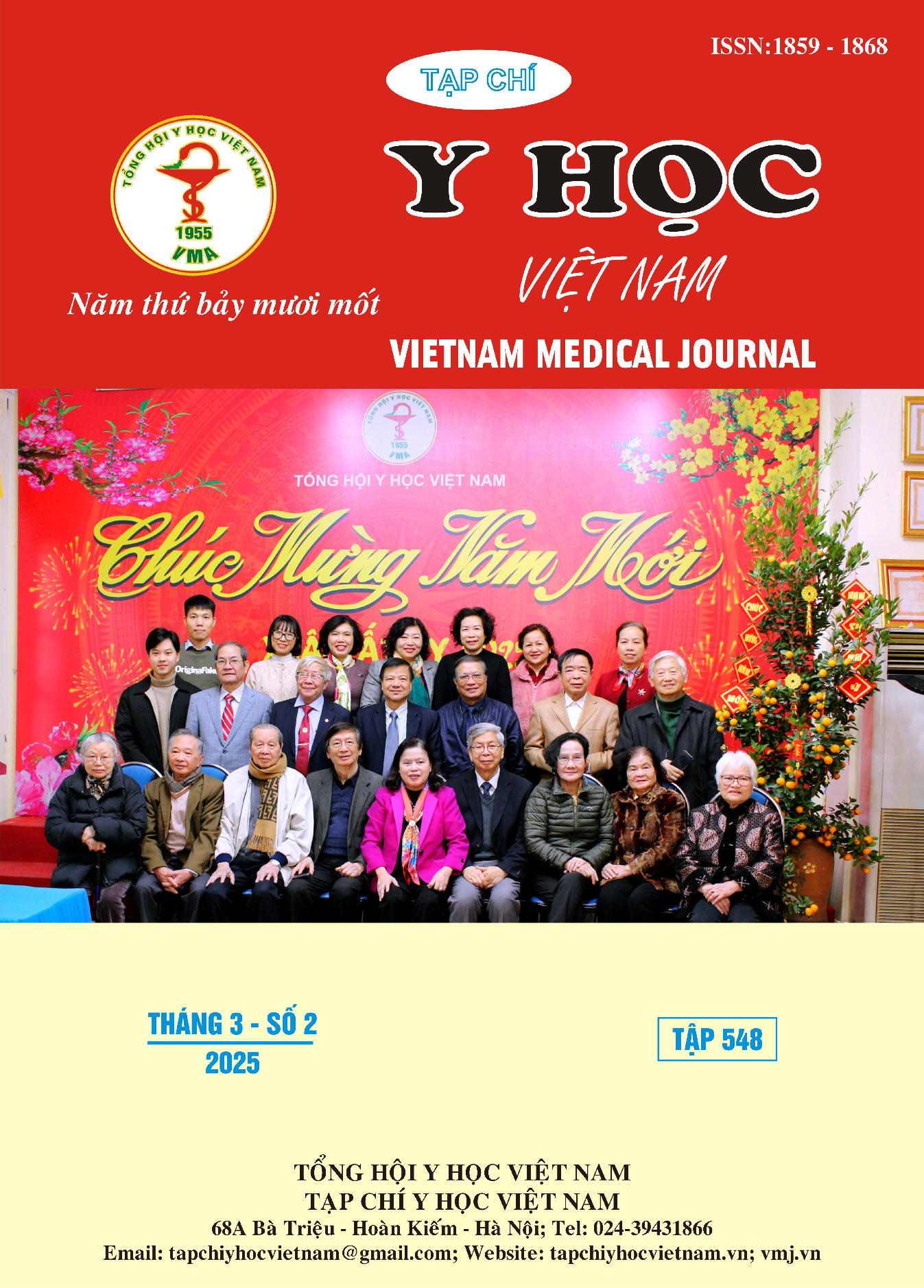BUDGET IMPACT ANALYSIS OF ECHINOCANDINS IN THE TREATMENT OF INVASIVE CANDIDA INFECTION IN VIETNAM
Main Article Content
Abstract
Background: Invasive candidiasis (IC), a severe infectious disease that can cause complications, is on the rise, particularly affecting individuals with compromised immune systems. Anidulafungin, a recently approved echinocandin antifungal, is designed for IC treatment. The consideration for reimbursing anidulafungin for IC treatment in Vietnam necessitates a thorough examination of its scientific evidence, emphasizing the budgetary impact of the drug on the health insurance fund. Methods: This study adopts a modeling approach utilizing a decision-tree model with two scenarios: one without anidulafungin and the other with anidulafungin, spanning a 5-year period. Input parameters for the model were derived from a systematic review and insights obtained from expert interviews. The study was conducted from the perspective of the Vietnamese healthcare payer, focusing solely on direct medical costs. Results: The budget impact analysis of integrating anidulafungin into the Vietnamese health insurance drug list reveals that, with a 100% coverage rate and a gradual increase in the treatment access rate from 21.09% (year 1) to 29.09% (year 5), anidulafungin increased the number of patients responding to the treatment (success with the first-line regimen) by 209, raised the count of patients surviving after the end of treatment by 589, and contributed to a total of 7,005 Life Years Gained (LYG) across the entire population with IC over a 5-year period. The use of anidulafungin within this timeframe results in a substantial budget saving of 18.97 billion VND, with the health insurance fund budget accounting for 16.13 billion VND. Conclusions: With 100% health insurance coverage for anidulafungin, there is significant budget saving over 5 years while concurrently increasing the number of survivors. The findings of this study offer a scientific foundation for health policy implementation agencies to consider, aiming to improve treatment access for patients and allocate medical resources judiciously.
Article Details
Keywords
Budget impact, anidulafungin, invasive candidiasis, model
References
2. P. G. Pappas, M. S. Lionakis, M. C. Arendrup, L. Ostrosky-Zeichner, and B. J. Kullberg, "Invasive candidiasis," (in B), Nature Reviews Disease Primers, vol. 4, no. 1, pp. 1-20, 2018.
3. D. Murdoch and G. L. Plosker, "Anidulafungin," (in b), Drugs, vol. 64, no. 19, pp. 2249-2258, 2004/10/01 2004.
4. C. M. d. M. Vianna, G. B. G. Mosegui, and M. P. d. S. Rodrigues, "Cost-effectiveness analysis and budgetary impact of anidulafungin treatment for patients with candidemia and other forms of invasive candidiasis in Brazil," (in b), Revista do Instituto de Medicina Tropical de São Paulo, vol. 65, 2023.
5. E. J. Mills et al., "Antifungal treatment for invasive Candida infections: a mixed treatment comparison meta-analysis," Annals of clinical microbiology and antimicrobials, Journal: Article vol. 8, 2009.
6. C. Reboli et al., "Anidulafungin versus fluconazole for invasive candidiasis," vol. 356, no. 24, pp. 2472-2482, 2007.
7. N. V. Quang, "Phân tích chi phí điều trị xơ gan mất bù do viêm gan C tại tại Bệnh viện Nhiệt Đới Hồ Chí Minh và Bệnh viện Bạch Mai Hà Nội năm 2015," Khoa Dược, Đại học Quốc gia Hà Nội, 2017.
8. S. Girois, F. Chapuis, E. Decullier, B. J. E. J. o. C. M. Revol, and I. Diseases, "Adverse effects of antifungal therapies in invasive fungal infections: review and meta-analysis," vol. 24, no. 2, pp. 119-130, 2005.
9. M. García-Vargas, M. A. Casado, N. Mir, and J. A. Barrueta, "[Cost analysis of 3 candins in the treatment of invasive candidiasis in adult non-neutropaenic patients in Spain]," (in spa), Farm Hosp, vol. 36, no. 4, pp. 207-10. 15, Jul-Aug 2012. Análisis de costes de tres candinas en el tratamiento de la candidiasis invasora en pacientes adultos no neutropénicos en España.


